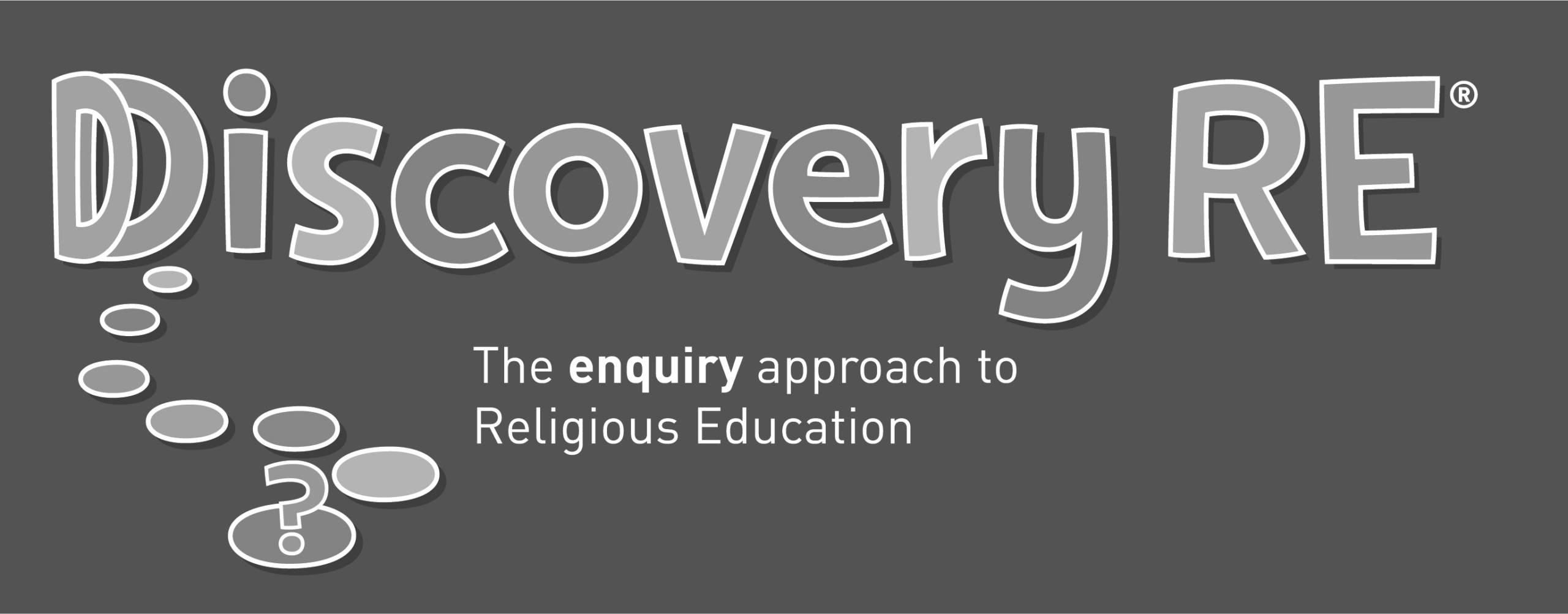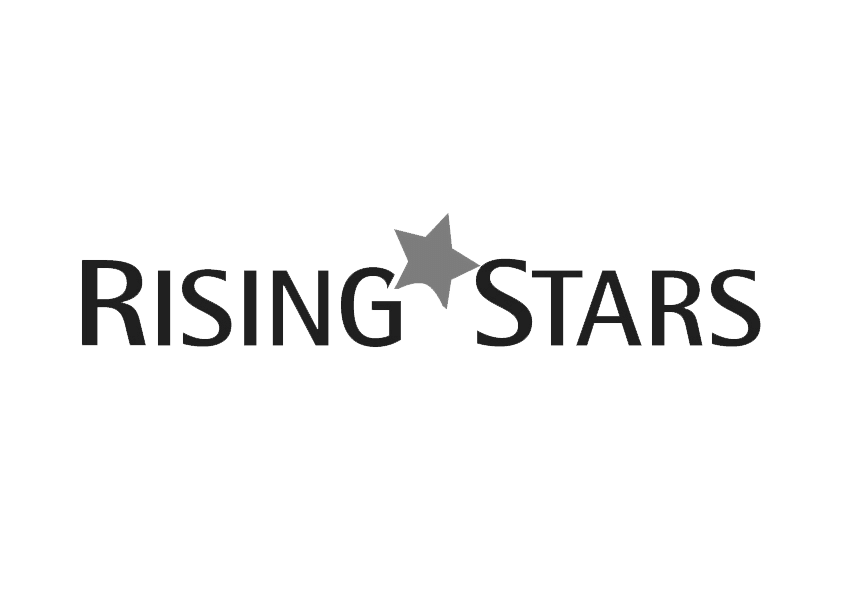While we hear much in the news about ‘Zero Tolerance’ behaviour policies, there is a secondary movement which looks to incorporate the needs of our most vulnerable children and young people in the approach to behaviour. In order to meet the needs of our children and young people who have had Adverse Childhood Experiences (ACEs), it is important for schools to ensure that policy and practice is trauma informed. Where children are in care (CiC) or previously in care (CPiC), there is a legal duty for schools to behave in a way which meets those very complex needs. The Designated Teacher Guidance 2018 outlines the expectation for governors to nominate a staff member who has responsibility for ensuring that CiC and CPiC have consistently good educational outcomes. The trauma informed behaviour policy is one step towards meeting those outcomes at a whole school level. The question is, where do we start in developing such a policy?
One phrase which needs to underpin a trauma informed approach is – All behaviour is communication. If you find yourself delivering training to staff on a trauma informed approach, it would be wise to outline this mantra and ask staff to repeat it back, much like we do with our stem sentences in maths. All behaviour is communication. Thinking about classroom dynamics through this lens, not just for our vulnerable children but for every member of the class, the emphasis moves away from punitive sanctions and endless battles for power and moves towards a more harmonious environment which proactively seeks to meet children’s deep-seated emotional needs.
When re-writing our school’s behaviour policy to be trauma informed and attachment aware, I read around the subject and tried to find an approach which suited our school community. I drew a lot from Paul Dix’s book When the Adult Changes, Everything Changes. I was drawn to the idea of a behaviour approach which revolves around positive personal relationships. Dix talks about the importance of adults supporting the ‘repair’ phase so that children understand they are part of a supportive community where individual needs are respected. Staff should use every opportunity to model the skills that we want to equip the children with; empathy, respect, resilience, self-regulation and kindness. Kindness to oneself as well as to others.
It is important to consider that the overall notion from Dix, namely that staff behaviour is the main driver for change can be challenging for staff to accept. As educators we work hard to meet the needs of the children in our care and nurture their academic and creative potential. When behaviour in the class affects outcomes, it can be disappointing and frustrating so the last thing that we need is to be told that our approach needs to change. However, with some training and background in developmental trauma, we can change the way that behaviour is perceived and little by little, approaches start to change as well.
I find the resources from Beacon House particularly useful as a reference tool and to base staff training around. They give a good overview of the impact of developmental trauma and the ways to support trauma experienced children. No training around attachment styles can really be delivered without referencing one of the many pieces of work produced by Louise Bomber. Inside I’m Hurting is her seminal piece of work and Know Me To Teach Me looks specifically at school behaviour approaches. I also find that this video from the Anna Freud centre portrays the impact of trauma in a way which is really easy to assimilate. Those working in education will have come across Dr Dan Siegel’s hand brain model and Dan Hughes’ P.A.C.E model; all of these representations help to raise awareness of the way that the brain reacts in traumatic situations and how we can tune in to this to make a difference in the long term.
One trap that we can fall into when we consider approaches to supporting positive behaviour is that we get caught up in perceived fairness. For most people, fairness means that everyone is treated exactly the same. Reward and praise for the same things and the same consequences for the same types of behaviour. We would never apply this theory when it comes to learning. Long have we been wise to the fact that children require differing levels of support depending on their individual strengths and challenges. The same applies to behaviour approaches. Where behaviour used to sit outside the realms of the SEN code of Practice, it is now firmly part of the picture within the category of Social, Emotional and Mental Health Needs. So, any efforts that we make to differentiate our teaching to meet the needs of children in the class, so too should we differentiate our approach to supporting positive behaviour.
Another aspect to consider is the language that we use to describe family situations with reference to our most vulnerable children. I listened to an interesting podcast with Michael Rosen and adoptive parent Margaret Reynolds recently. It spoke to me about the wider issue of the language that we use to describe behaviour in general. Reynolds reminds us that phrases such as ‘challenging behaviour’ are ignorant of the fact that behaviour is the first form of communication.
Another thing that Reynolds comments on which has always struck me as being counter-intuitive is when we refer to children’s choices with regards to behaviour. When we apply all we know about the traumatised child’s response to their environment, it is clear that their behaviour is not a choice, it is a protective instinct. I currently work with a child who regularly disassociates with events. This is the brain’s way of coping with the intensity of emotion and with the situation they find themselves in. When they tell you that they have no recollection of behaving in a certain way, that is absolutely the truth. So discussing that child’s ‘choices’ with them is a fruitless activity. What would be a more valid approach would be to help the child consider the warning signs that they are becoming dysregulated so that they can avoid that moment of extreme fear and anxiety and begin to self-regulate at the early stages.
In thinking about sensory and emotional regulation, we use the Just Right model which was devised by Brighton and Hove experts. Other local authorities use Zones of Regulation; either model (or alternatives used across the country) are excellent for helping children (and adults) to identify their triggers and warnings signs in order to come up with some practical strategies for regulating. What is important to communicate, regardless of model used, is the fact that everyone, children and adults alike, find themselves in a state of dysregulation at various points. When running workshops with parents around the Just Right approach, the first thing I ask them to consider is the small rituals they complete each day to help them feel fresh and ready to go; making a coffee in the morning, reading the news over breakfast, hugging loved ones. Then I ask them to consider the trivial events which can upset their day and make them feel angry or frustrated. Inconsiderate drivers, the wheelie bin falling over or spilling coffee on our clothes; all of these things can make us feel dysregulated. Some of us have go-to strategies to help in these situations but many don’t and these small incidences can impact on how we interact with others throughout the rest of the day. This is exactly what we see in the classroom with our children and a crucial role of classroom staff is to model self-regulation strategies.
Developing a trauma informed behaviour policy is not an easy task. Nor is it something which can be downloaded as a proforma and overwritten with your own school name. It evolves organically once robust training is delivered for all staff so get in touch with the local authority SEND support team and start with organising some well researched training to bring your staff team together and get them thinking about the needs that are communicated through behaviour at your school.
The Author

Laura Carpenter
“The more healthy relationships a child has, the more likely he will be to recover from trauma and thrive. Relationships are the agents of change and the most powerful therapy is human love. People, not programmes, change people.” Dr Bruce Perry










